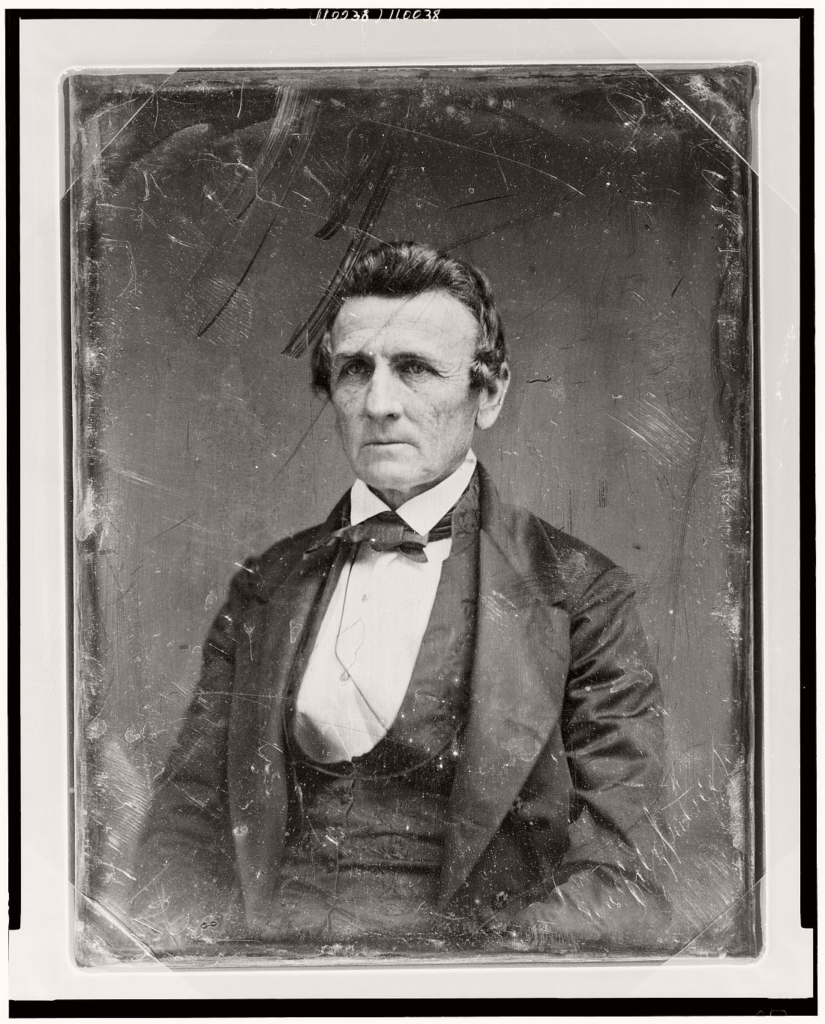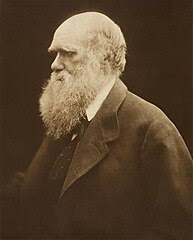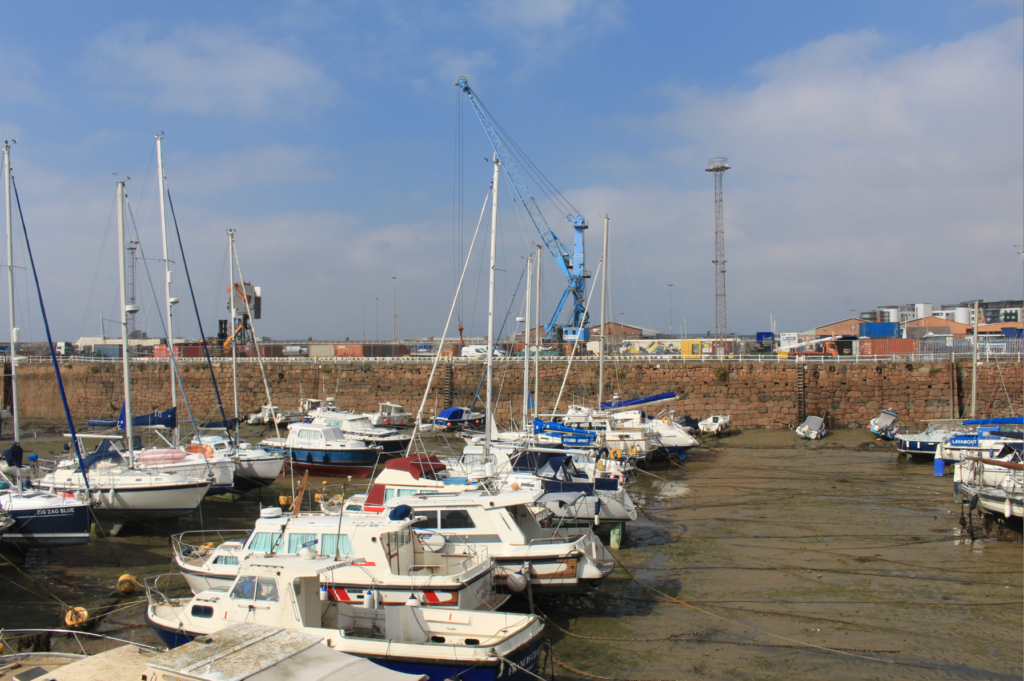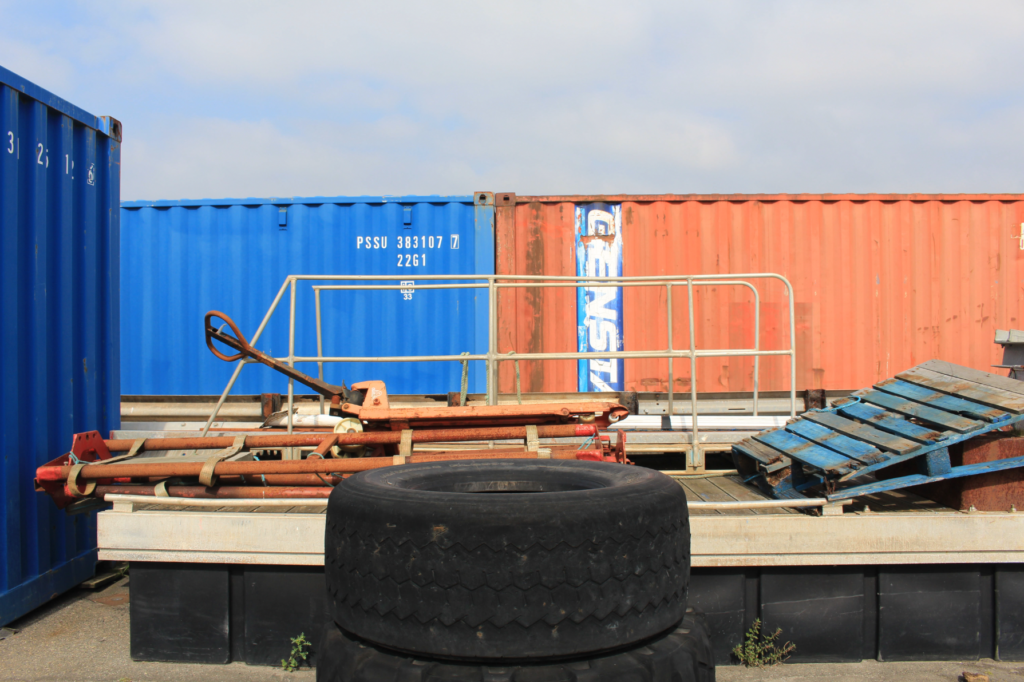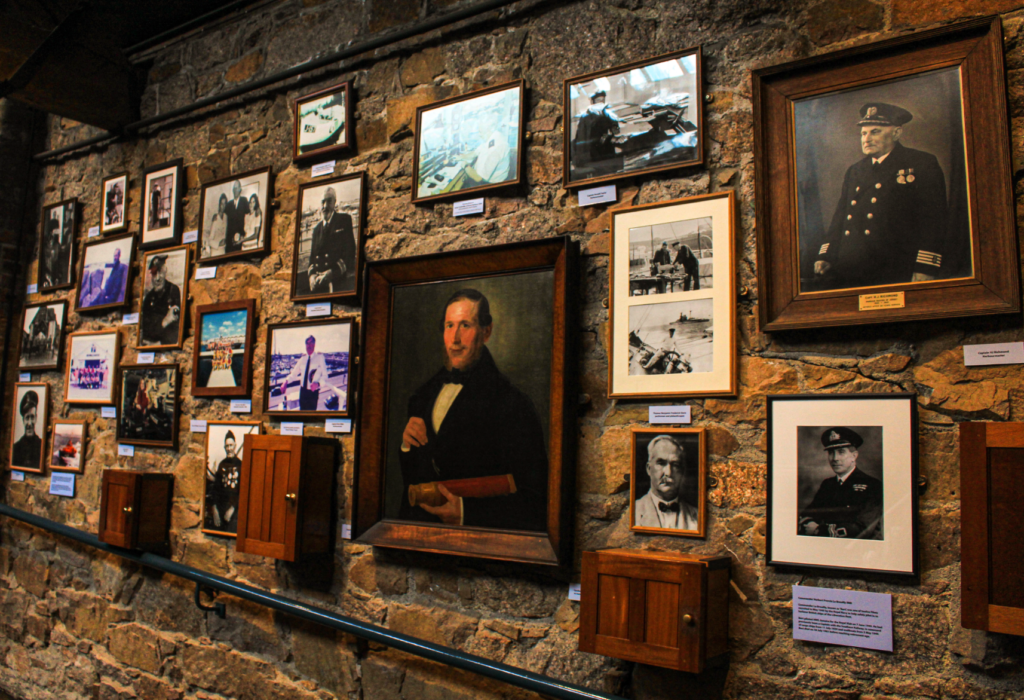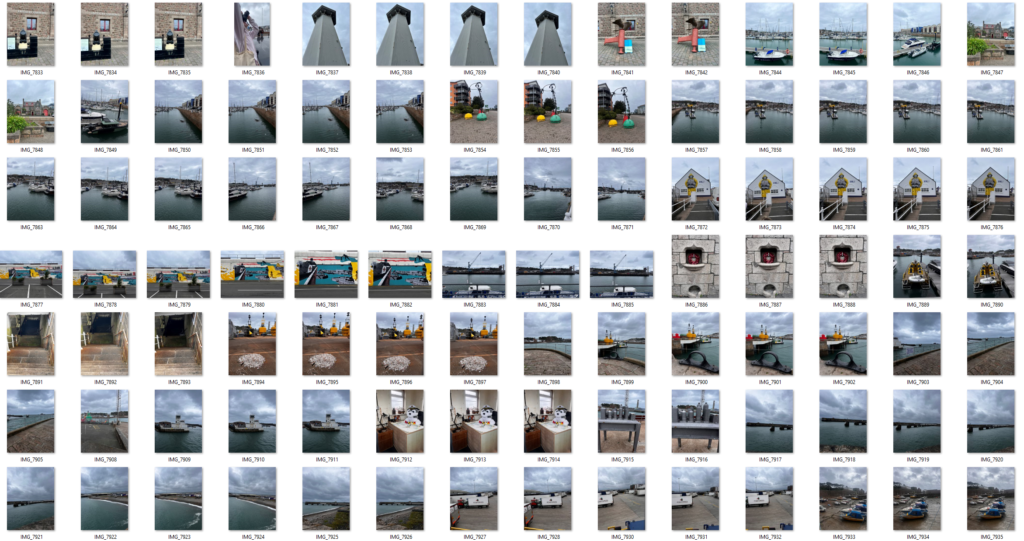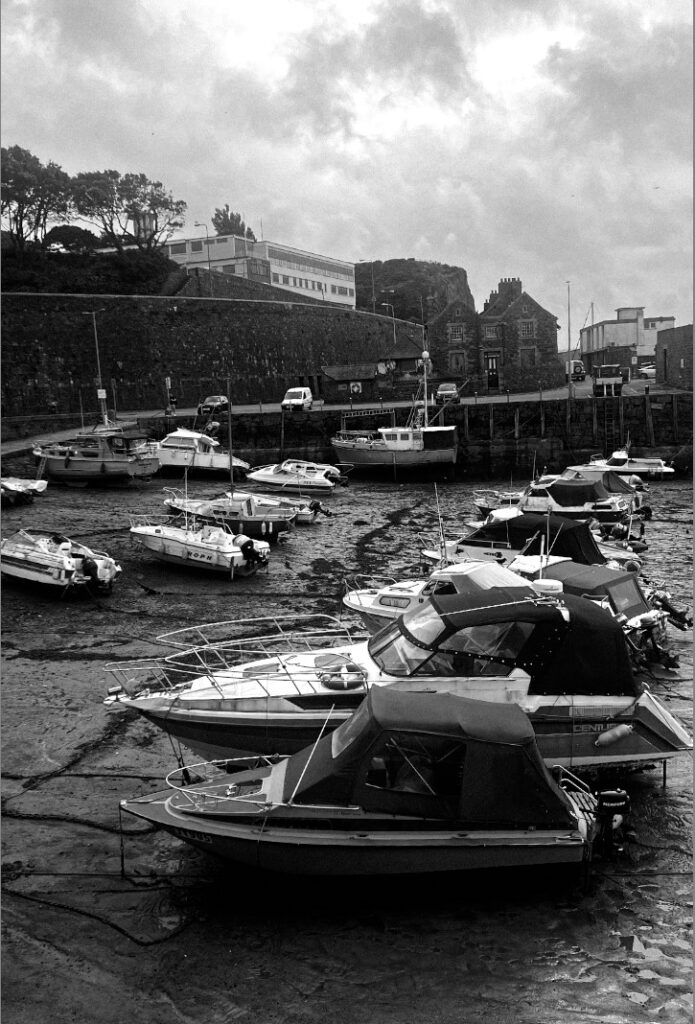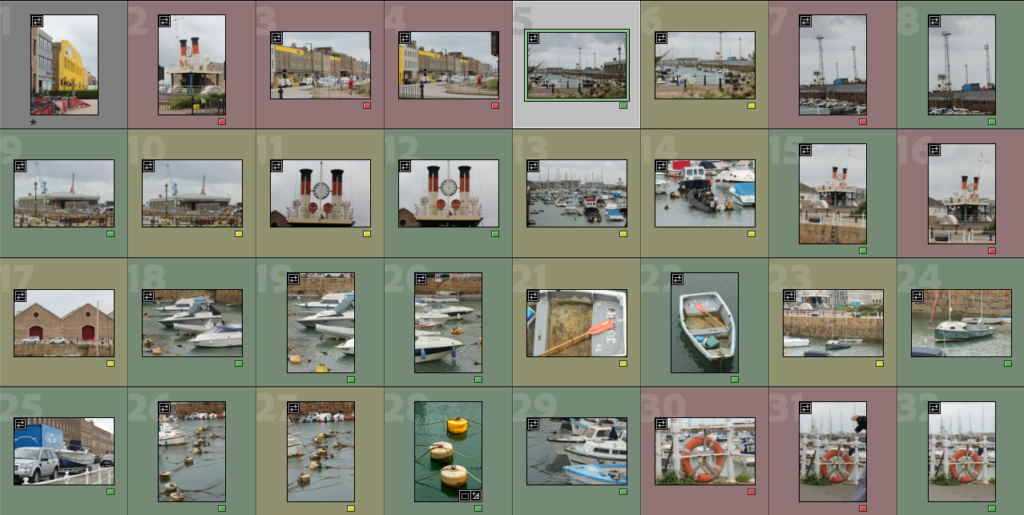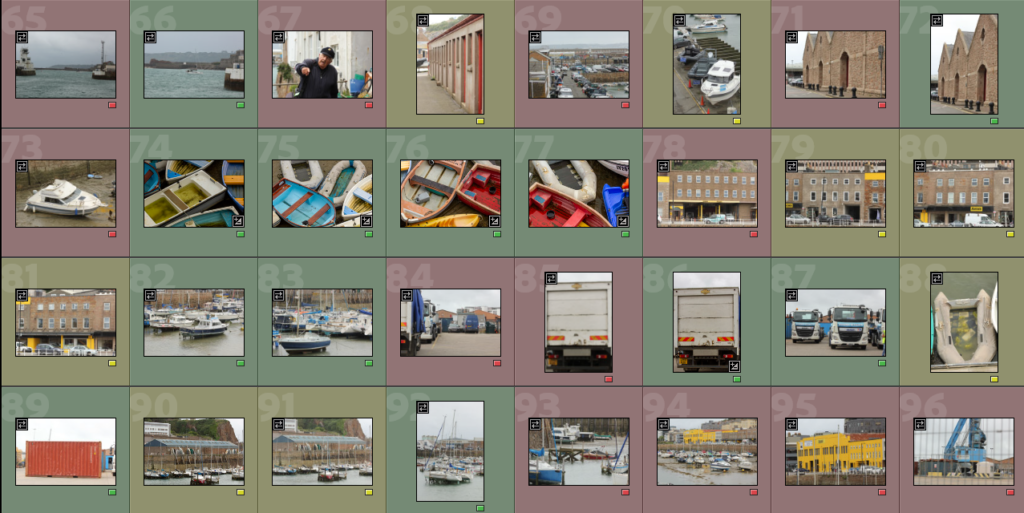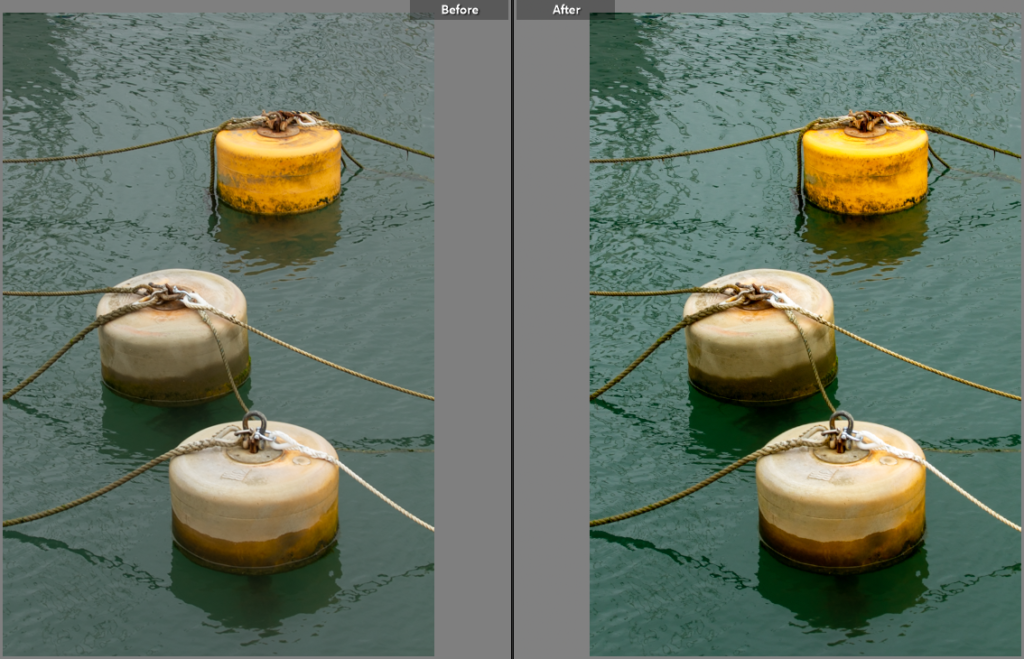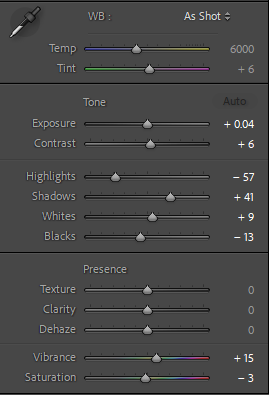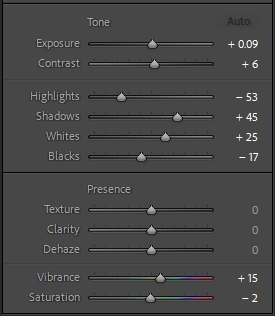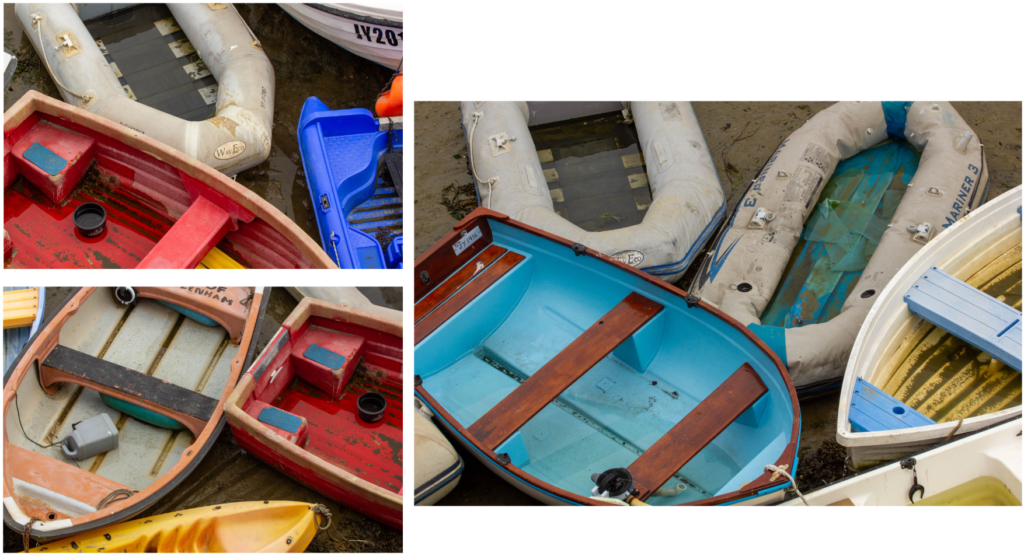
Photography, at present, is the result of a series of innovations and experiments that have spanned centuries. Its origins are in the fundamental desire to capture photos from time in a permanent form. The documentary I watched delves into some of the pioneering developments that shaped the early history of photography, from earlier optical devices to chemical processes that allowed for the creation of lasting images. My essay outlines the milestones in photography’s history, beginning with the camera obscura, and pinhole photography and progressing through the contributions of key figures such as Nicéphore Niépce, Louis Daguerre, Henry Fox Talbot, and others.
In terms of the Camera Obscura & Pinhole photography, the earliest form of image-making in photography began with it. The Latin term meaning “dark room.” This optical device is based on the idea that light travels in straight lines. When light passes through a small hole into a dark room or box it projects an inverted image of the outside scene onto the opposite surface. The camera obscura was used as early as the 5th century BCE by Chinese philosopher Mozi and later by Arab scholar Alhazen in the 11th century to study optics. In the Renaissance, artists like Leonardo da Vinci used the camera obscura to aid in creating their realistic paintings.
The pinhole camera is a more portable version of the camera obscura, it emerged as an essential tool in the evolution of photographic devices. Both of these tools laid out the foundation for future advances in image capturing but they could not preserve the image beyond temporary projection.

The first advance in permanently capturing images came in the early 19th century with the work of the French inventor Nicéphore Niépce. In 1826, Niépce created the earliest known permanent photograph using a process he called Heliography (from the Greek words for “sun” and “writing, Heliography is in some cases still used today mainly for photo engraving). Niépce coated a pewter plate with a light-sensitive material, bitumen of Judea, and exposed it to light in a camera obscura. After an approximately eight-hour exposure, the bitumen (natural asphalt historically used as a light-sensitive material) hardened in proportion to the light it had gotten, and the unexposed areas were washed away with a solvent. This left a permanent image. The resulting photograph, “View from the Window at Le Gras” is the earliest surviving picture example.
In the 1830s, Niépce’s partner, Louis Daguerre, refined the process and introduced a new direct positive method called the “daguerreotype”. This technique involved exposing a silver-coated copper plate to iodine fumes, which made it light-sensitive. After exposure to light, the plate was developed in mercury vapor and then fixed with salt water. The daguerreotype process, announced to the world in 1839, dramatically reduced the exposure times to about 20 minutes (rather than approximately 8 hours) and produced much sharper and more detailed images than Niépce’s heliographs.
The daguerreotype quickly gained widespread popularity, particularly for portraiture. hey were also low cost compared to paintings. Its detailed and reflective surface created stunning, lifelike images, and it was commercially viable, leading to the establishment of portrait studios in cities worldwide (At the end of 1839 in Paris they were referring to the new disease as Daguerreotypomania). However, daguerreotypes were unique images—there was no way to reproduce them easily, a limitation that would later drive further innovations. This is why they are so important as they made it possible to capture the image seen inside a camera obscura and to preserve it as an object.
While Daguerre was refining his process, across the English Channel, (British scientist) William Henry Fox Talbot was independently working on another photographic method. Talbot’s invention, the calotype (also known as the talbotype), introduced the concept of the negative-positive process. By exposing paper coated with silver chloride to light, Talbot could create a negative image, which could then be used to make multiple positive prints by contact printing. This process, which was introduced in 1841, was slower and produced softer images than the daguerreotype, but its ability to produce multiple copies was a game-changer.
Henry’s work also presented the way for photography as a reproducible art form, and the calotype is considered the forerunner to modern photographic processes. His photographic experiments with nature, architecture, and objects expanded the range of subjects captured by early photographers.
As photography grew in popularity, there was a continual search for processes that would combine the simplicity of the daguerreotype with the reliability of the calotype. This led to the development of the wet collodion process in 1851 by Frederick Scott Archer. Collodion (a sticky substance) was used to coat glass plates with light-sensitive chemicals. These plates were then exposed and developed while still wet which allowed for shorter exposure times as well as higher-quality images.
The wet collodion process allowed for multiple prints, like the calotype, but with much sharper detail, akin to the daguerreotype.
However, Richard Maddox noticed that his health was affected by the collodion’s ether vapor and he began searching for a substitute. In 1871, he suggested a new method. In the British Journal of Photography, he published an article on ‘An Experiment with Gelatino-Bromide‘. In the article he described that sensitizing the chemicals cadmium bromide and silver nitrate should be coated on a glass plate in gelatin, a transparent substance used for making candies. Charles Harper Bennett then created the first first gelatin dry plates for sale. This was before the emulsion could be coated on celluloid roll film.
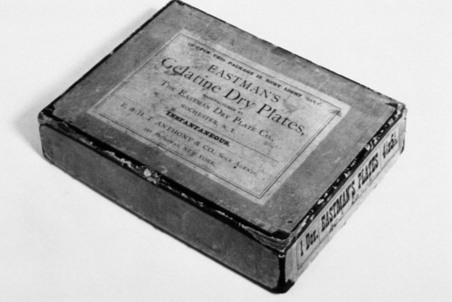
It became the “dominant” photographic process for the next few decades. A variant of this process, the tintype, became popular for its portability and affordability. Tintypes were made on thin sheets of iron (not tin) and were commonly used for portraiture during the American Civil War.
By the late 19th century, photography had evolved beyond being just a scientific tool or a commercial medium. It began to gain recognition as an art form. Movements such as Pictorialism sought to elevate photography to the status of fine art by emphasizing its aesthetic qualities. Pictorialist photographers like Julia Margaret Cameron and Henry Peach Robinson used soft focus, elaborate compositions, and symbolic subject matter to create images that resembled paintings. They believed photography should express emotions, ideas, and beauty, rather than simply document reality.
The Platinum Print and Gum Bichromate processes were popular among Pictorialists because they offered more control over the tonality and texture of the image, allowing photographers to create unique and expressive works of art.
A significant milestone in photography’s history came with the invention of roll film by George Eastman in the late 19th century. Eastman’s company, Kodak, introduced the first consumer camera in 1888, famously marketed with the slogan: “You press the button, we do the rest.” This innovation influenced photography by making it accessible to the general public. Before this, photography was a complex, labour-intensive process that required knowledge of chemistry and access to expensive equipment. With the Kodak camera, anyone could take pictures, send the film to Kodak for processing and receive their prints by mail.
This democratization of photography had profound effects, as it shifted the medium from a specialized field to a mass cultural practice. The introduction of film also marked the transition from glass plates to the flexible, plastic-based medium still used in modern analog photography.
The documentary “Fixing the Shadows” introduces us to photography’s early pioneers, but the evolution of the medium goes far beyond those first experiments. From the invention of the daguerreotype and the calotype to the rise of mass-market photography with Kodak, each technological advance built on the last, pushing photography closer to the modern form we see it today.
Through these developments, photography transformed from a novel way to “fix shadows” into a product of mass communication and an art form. The constant interactions between science, industries and creativity has ensured that photography remains one of the most influential and versatile media in the modern world. Its origins are a blend of art and technology that continues to configure how we see the world.





